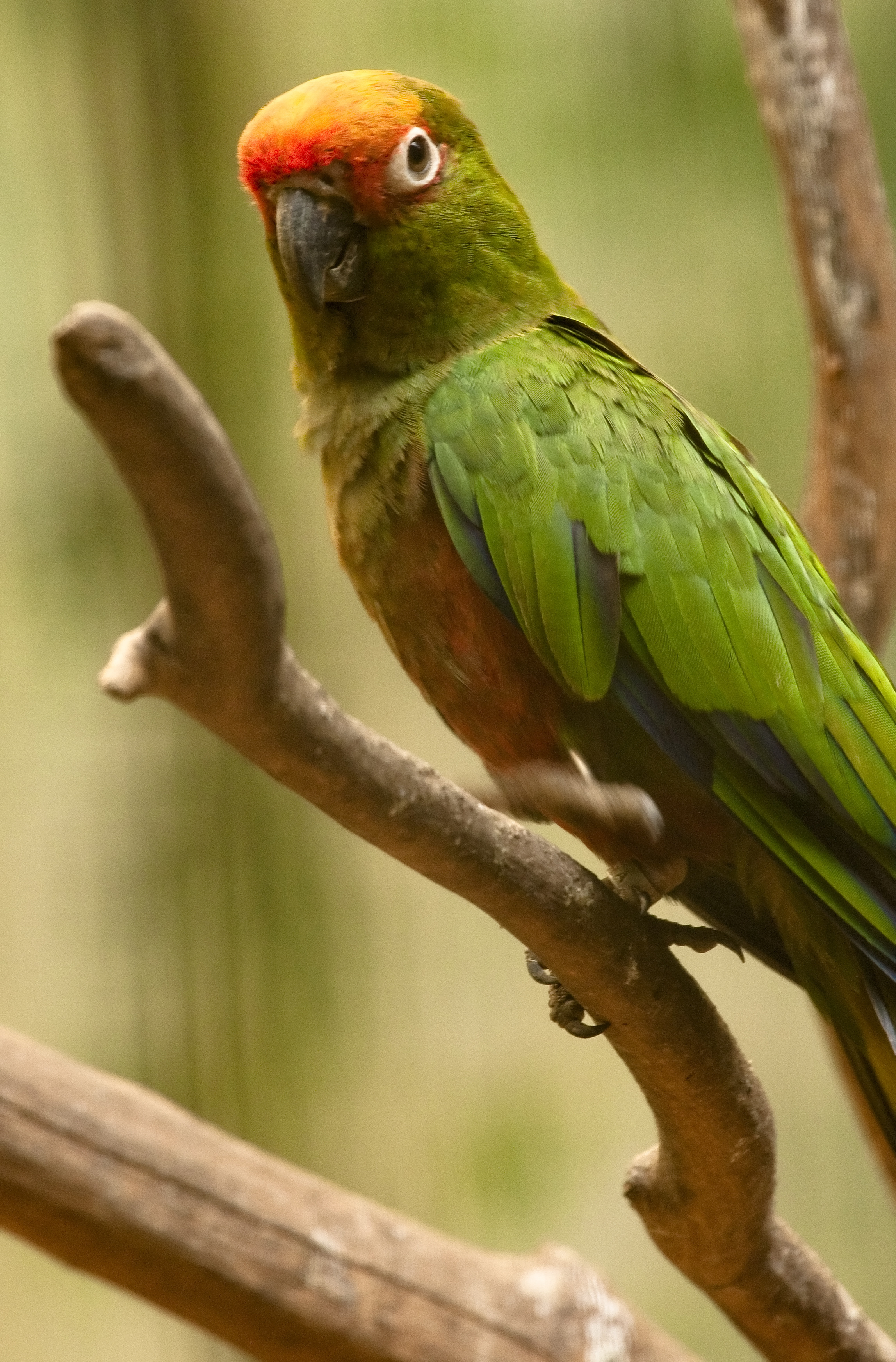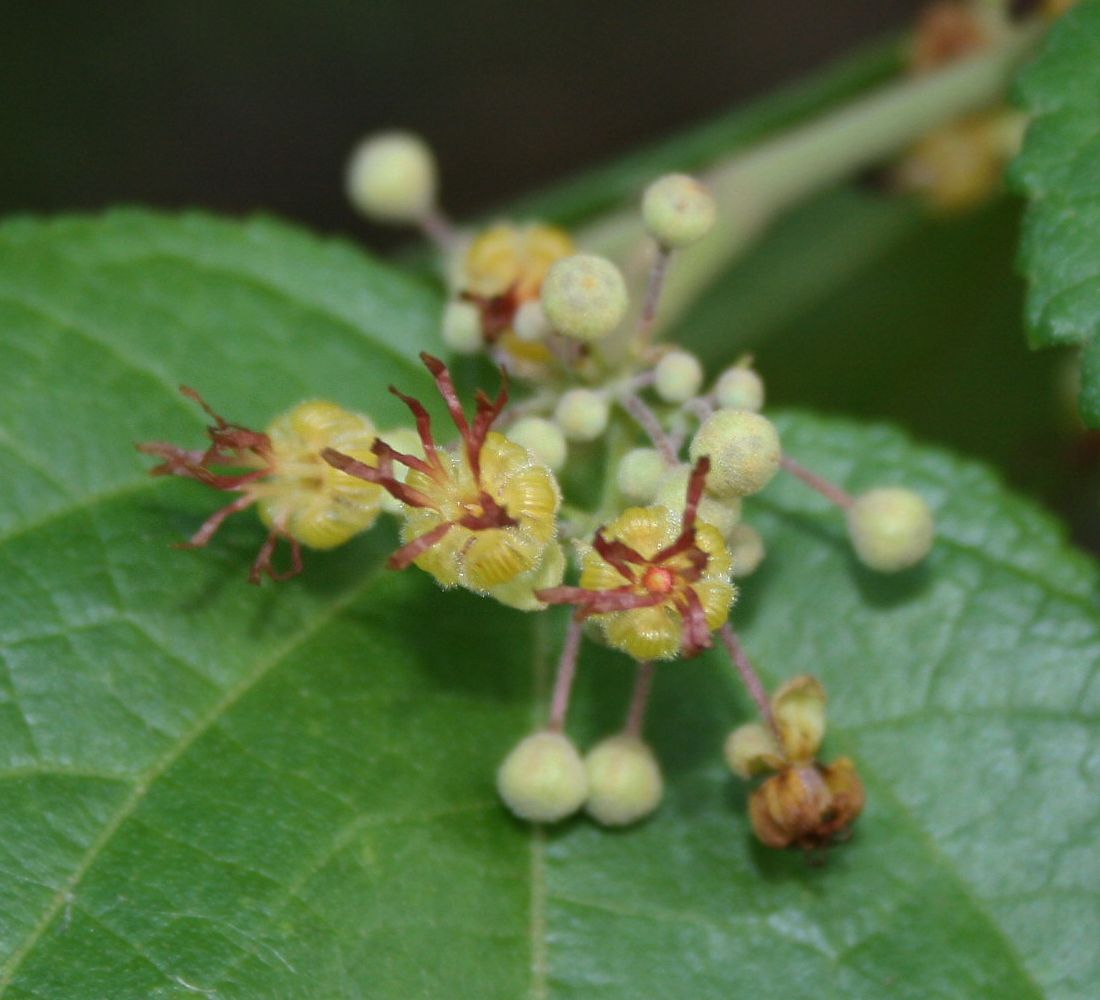|
Golden-capped Parakeet
The golden-capped parakeet (''Aratinga auricapillus'') is a species of parrot in the family Psittacidae endemic to Brazil. Its natural habitats are subtropical or tropical dry forest, subtropical or tropical moist lowland forest, dry savanna, and plantations. It is threatened by habitat loss. The ''A. auricapillus'' is a good biological indicator because of its vulnerability, high detectability as well as its sensitivity to Habitat fragmentation, forest fragmentation. Description It is long and mostly green with a black beak, white eyerings, orange-red belly, and red face fading to yellow over the crown. Juvenile members of the ''A. auricapillus'' group develop their yellow head markings and red coloration on the lower body in adulthood. The approximate weight for golden-capped parakeets is 4.9-5.25 oz.“Golden-capped Conure ... [...More Info...] [...Related Items...] OR: [Wikipedia] [Google] [Baidu] |
Clutch (eggs)
A clutch of eggs is the group of eggs produced by birds, amphibians, or reptiles, often at a single time, particularly those laid in a nest. In birds, destruction of a clutch by predators (or removal by humans, for example the California condor breeding program) results in ''double-clutching''. The technique is used to double the production of a species' eggs, in the California condor case, specifically to increase population size. Size Clutch size differs greatly between species, sometimes even within the same genus. It may also differ within the same species due to many factors including habitat, health, nutrition, predation pressures, and time of year. Clutch size variation can also reflect variation in optimal reproduction effort. In birds, clutch size can vary within a species due to various features (age and health of laying female, ability of male to supply food, and abundance of prey), while some species are determinant layers, laying a species-specific number of egg ... [...More Info...] [...Related Items...] OR: [Wikipedia] [Google] [Baidu] |
Birds Described In 1820
Birds are a group of warm-blooded vertebrates constituting the class Aves (), characterised by feathers, toothless beaked jaws, the laying of hard-shelled eggs, a high metabolic rate, a four-chambered heart, and a strong yet lightweight skeleton. Birds live worldwide and range in size from the bee hummingbird to the common ostrich. There are over 11,000 living species and they are split into 44 orders. More than half are passerine or "perching" birds. Birds have wings whose development varies according to species; the only known groups without wings are the extinct moa and elephant birds. Wings, which are modified forelimbs, gave birds the ability to fly, although further evolution has led to the loss of flight in some birds, including ratites, penguins, and diverse endemic island species. The digestive and respiratory systems of birds are also uniquely adapted for flight. Some bird species of aquatic environments, particularly seabirds and some waterbirds, have further ... [...More Info...] [...Related Items...] OR: [Wikipedia] [Google] [Baidu] |
Birds Of Brazil
Brazil has one of the richest bird diversities in the world. The avifauna of Brazil include a total of 1862 confirmed species of which 239 are endemic. Five have been introduced by humans, 93 are rare or vagrants, and seven are known or thought to be extinct or extirpated. An additional 14 species are hypothetical (see below). Brazil hosts about 60% of the bird species recorded for all of South America. These numbers are still increasing almost every year, due to new occurrences, new species being described, or splits of existing species. About 10% of the bird species found in Brazil are, nonetheless, threatened. In June 2013 a simultaneous discovery of fifteen bird species in Brazil was announced, the first such since 1871, when August von Pelzeln described forty new species. The birds were from the families Corvidae, Thamnophilidae, Dendrocolaptidae, Tyrannidae, and Polioptilidae. Eleven of the new species are endemics of Brazil and four also inhabit Peru and Bolivia. Exce ... [...More Info...] [...Related Items...] OR: [Wikipedia] [Google] [Baidu] |
Birds Of The Atlantic Forest
Birds are a group of warm-blooded vertebrates constituting the class Aves (), characterised by feathers, toothless beaked jaws, the laying of hard-shelled eggs, a high metabolic rate, a four-chambered heart, and a strong yet lightweight skeleton. Birds live worldwide and range in size from the bee hummingbird to the common ostrich. There are over 11,000 living species and they are split into 44 orders. More than half are passerine or "perching" birds. Birds have wings whose development varies according to species; the only known groups without wings are the extinct moa and elephant birds. Wings, which are modified forelimbs, gave birds the ability to fly, although further evolution has led to the loss of flight in some birds, including ratites, penguins, and diverse endemic island species. The digestive and respiratory systems of birds are also uniquely adapted for flight. Some bird species of aquatic environments, particularly seabirds and some waterbirds, have furth ... [...More Info...] [...Related Items...] OR: [Wikipedia] [Google] [Baidu] |
Aratinga
''Aratinga'' is a genus of South American conures. Most are predominantly green, although a few are predominantly yellow or orange. They are social and commonly seen in groups in the wild. In Brazil, the popular name of several species usually is ''jandaia'', sometimes written as ''jandaya'' in the scientific form. Many species from this genus are popular pets, although being larger than the members of the genus '' Pyrrhura'', they need a sizable aviary to thrive. Taxonomy The genus ''Aratinga'' was introduced in 1824 by the German naturalist Johann Baptist von Spix. The type species was subsequently designated as the sun parakeet. The genus name is from the extinct Tupi language of Brasil. ''Ará tinga'' means "bright bird" or "bright parrot". The taxonomy of this genus has recently been resolved by splitting it in four genera, as the genus as previously defined was paraphyletic. The species of the '' Aratinga solstitialis'' complex were retained in this genus, while other fo ... [...More Info...] [...Related Items...] OR: [Wikipedia] [Google] [Baidu] |
Melia Azedarach
''Melia azedarach'', commonly known as the chinaberry tree, pride of India, bead-tree, Cape lilac, syringa berrytree, Persian lilac, Indian lilac, or white cedar, is a species of deciduous tree in the mahogany family (biology), family, Meliaceae, that is native to Indomalayan realm, Indomalaya and Australasian realm, Australasia. Description The fully grown tree has a rounded crown, and commonly measures tall, exceptionally . The leaves are up to long, alternate, long-petioled, two or three times compound (odd-pinnate); the leaflet (botany), leaflets are dark green above and lighter green below, with serrate margins. The flowers are small and fragrant, with five pale purple or lilac petals, growing in clusters. The fruit is a drupe, marble-sized, light yellow at maturity, hanging on the tree all winter, and gradually becoming wrinkled and almost white. ''Melia azedarach'' has a short lifespan, averaging about 20 years. Chemistry Italo et al. 2009 and Safithri and Sa ... [...More Info...] [...Related Items...] OR: [Wikipedia] [Google] [Baidu] |
Pterogyne
''Pterogyne'' is a monotypic genus in the legume family, Fabaceae, subfamily Caesalpinioideae. The sole species is ''Pterogyne nitens''. Spanish common names include guiraró, palo coca, or tipa colorado. In Portuguese, it is commonly known as amendoim bravo, cocal or madeira nova. It is found in Brazil, Paraguay, Bolivia and Argentina. It is threatened by habitat loss and harvesting for timber. Five guanidine alkaloid natural products were isolated from the leaves of ''Pterogyne nitens: nitensidine D, nitensidine E, pterogynine, pterogynidine, and galegine Galegine is a toxic chemical compound that has been isolated from '' Galega officinalis''. It has also been found to be the principal cause of the toxicity of poison sedge (''Schoenus asperocarpus''). Galegine was used in the 1920s as a pharmace .... References Flora of Argentina Flora of Bolivia Flora of Brazil Flora of Paraguay Caesalpinioideae Monotypic Fabaceae genera Taxonomy articles created by Polbo ... [...More Info...] [...Related Items...] OR: [Wikipedia] [Google] [Baidu] |
Psidium Guajava
''Psidium guajava'', the common guava, yellow guava, lemon guava, or apple guava is an evergreen shrub or small tree native to the Caribbean, Central America and South America. It is easily pollinator, pollinated by insects; when cultivated, it is pollinated mainly by the common honey bee, ''Apis mellifera''. Overview Widely cultivated in tropical and subtropical regions around the world, guava fruits can range in size from as small as an apricot to as large as a grapefruit. Various cultivars have white, pink, or red flesh; a few varieties feature red (instead of green or yellow) skin. When cultivated from seed, guavas are notable for their extremely slow growth rate for several months, before a very rapid acceleration in growth rate takes over. From seed, common guavas may bloom and set fruit in as few as two years or as many as eight. Cutting (plant), Cuttings, grafting, and air layering are more commonly used as a propagation method in commercial groves. Highly adaptable, g ... [...More Info...] [...Related Items...] OR: [Wikipedia] [Google] [Baidu] |
Ceiba Speciosa
''Ceiba speciosa'', the floss silk tree (formerly ''Chorisia speciosa''), is a species of deciduous tree that is native to the tropical and subtropical forests of South America. It has several local common names, such as ''palo borracho'' (in Spanish literally "drunken stick"), or '' árbol del puente'', ''samu'ũ'' (in Guarani), or ''paineira'' (in Brazilian Portuguese). In Bolivia, it is called toborochi, meaning "tree of refuge" or "sheltering tree". In the USA it often is called the silk floss tree. It belongs to the same subfamily as the baobab; the species ''Bombax ceiba''; and other kapok trees. Another tree of the same genus, '' Ceiba chodatii'', is often referred to by the same common names. Description The natural habitat of the floss silk tree is in the northeast of Argentina, east of Bolivia, Paraguay, Uruguay, and southern Brazil. It is resistant to drought and moderate cold. It grows fast in spurts when water is abundant, and sometimes reaches more than in heig ... [...More Info...] [...Related Items...] OR: [Wikipedia] [Google] [Baidu] |
Maize
Maize (; ''Zea mays''), also known as corn in North American English, is a tall stout grass that produces cereal grain. It was domesticated by indigenous peoples in southern Mexico about 9,000 years ago from wild teosinte. Native Americans planted it alongside beans and squashes in the Three Sisters polyculture. The leafy stalk of the plant gives rise to male inflorescences or tassels which produce pollen, and female inflorescences called ears. The ears yield grain, known as kernels or seeds. In modern commercial varieties, these are usually yellow or white; other varieties can be of many colors. Maize relies on humans for its propagation. Since the Columbian exchange, it has become a staple food in many parts of the world, with the total production of maize surpassing that of wheat and rice. Much maize is used for animal feed, whether as grain or as the whole plant, which can either be baled or made into the more palatable silage. Sugar-rich varieties called sw ... [...More Info...] [...Related Items...] OR: [Wikipedia] [Google] [Baidu] |
Guazuma Ulmifolia
''Guazuma ulmifolia'', commonly known as West Indian elm or bay cedar, is a medium-sized tree normally found in pastures and disturbed forests. This flowering plant from the family Malvaceae grows up to 30m in height and 30–40 cm in diameter. It is widely found in areas such as the Caribbean, South America, Central America and Mexico serving several uses that vary from its value in carpentry to its utility in medicine. Description Botany ''Guazuma ulmifolia'' grows to 30m in height and 30–40 cm in diameter and comes with a rounded crown. Leaves are distributed in an alternate pattern with 2 rows in assembled flatly. The leaves are ovate to lance-shaped, finely saw-toothed margin, usually have a rough texture and are 6–13 cm in length and 2.5–6 cm in diameter. Three to five main veins arise from the base (rounded or notched, unequal sided) of the leaf which has a darker green upper surface and a fairer green color underneath. They are virtually ha ... [...More Info...] [...Related Items...] OR: [Wikipedia] [Google] [Baidu] |








